There’s just something so special about working with people you genuinely like. The kind you can trust in a pinch, laugh with over coffee and maybe even text on a Sunday just because. When professional relationships turn into real friendships, it can make work feel lighter, more collaborative and more human.
But blending the personal and professional isn’t always simple — especially in leadership. There’s a fine line between connection and over-familiarity. And figuring out who’s in your corner versus who’s just trying to get something from you? That takes discernment.
Here’s how to navigate that line with intention.
Why Work Friendships Matter
When done right, workplace friendships can build trust and bring true joy to the office. It’s easier to give feedback, take risks and show up fully when you feel genuinely supported by the people around you.
These connections aren’t just good for morale — they’re good for business. People like being around companies that convey the vibe that their people actually enjoy working together.
But it’s also important to remember: not every professional connection needs to become a friendship. And sometimes, especially as a high performer or someone in a leadership role, everyone wants to be your friend — but are they in it for the right reasons?
Real Friends vs. Role-Friends
One of the toughest parts of leadership is learning how to distinguish between authentic friendships and transactional ones. The people who are truly your friends will respect your position. They won’t ask you to bend the rules, cover for them or offer preferential treatment.
Real friends in the workplace:
- Honor your role and boundaries
- Don’t expect special treatment
- Are willing to hear “no” and still show up
Fake friends (or “role-friends”):
- Get close for convenience
- Push limits to see what they can get away with
- Disappear when you’re not useful to them
Pay attention to how people respond when you say no, enforce a policy or hold them accountable. That’s often where the truth comes out.
The Do’s and Don’ts of Mixing Work and Friendship
Do:
- Build relationships on trust, not proximity. Look for values alignment, not just shared stress.
- Be honest about your capacity. You can care deeply without being everyone’s confidante.
- Set expectations early. Friendship doesn’t mean bypassing professional standards.
Don’t:
- Confuse comfort with permission. Just because someone feels close to you doesn’t mean they can cross professional lines.
- Vent downward. If you’re in leadership, share challenges laterally or with trusted peers outside your org.
- Feel guilty for protecting your role. Boundaries are a sign of respect — for others and yourself.
Cultivate Real Connection — Without Compromising Your Role
At the heart of it, we all crave community, and that desire for connection doesn’t stop at the office door. But real friendships don’t require blurred lines or broken boundaries. They need respect, honesty and mutual understanding.
If you have to choose between being liked and being respected, you know the relationship isn’t authentic. The people who matter will give you both.




